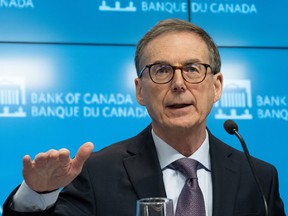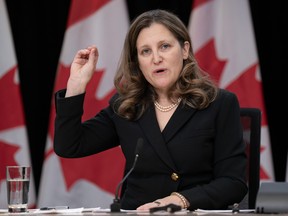Bank of Canada: Divisions on Timing of Interest Rate Cuts Remain Widened by Concerns Over Inflation and Economic Growth
Introduction
The Bank of Canada (BoC) has signaled a divided council in its considerations for cutting interest rates, with differing opinions on the appropriate timing based on evolving concerns about inflation stabilization and economic growth. The central bank’s governing council has expressed varied views on whether to accelerate or delay rate cuts, influenced by factors such as housing market dynamics, immigration trends, and broader macroeconomic risks.
Key Concerns Over Inflation and Domestic Demand
The division within the BoC stems from contrasting assessments of inflationary pressures and their relationship with domestic demand. Some members have expressed worry that aggressive rate cuts could exacerbate underlying inflationary trends, while others argue that maintaining a cautious approach is necessary to avoid overshooting in an environment where inflation has been relatively stable.
Summary of Deliberations
According to summary documents from the BoC’s governing council, members remain divided on whether to move toward cutting rates. The central bank’s projections suggest a cautious stance, with inflation expected to remain subdued for some time. However, this outlook is subject to change based on developments in housing market activity, immigration trends, and other macroeconomic factors.
Risks and Considerations
TheBoC’s governing council has identified several risks that could impact the appropriate timing of rate cuts. These include:
-
Housing Market Dynamics: Some members have emphasized the potential for accelerating house price growth, which could further strain household finances and add to inflationary pressures.
-
Immigration Trends: The central bank has noted uncertainties surrounding immigration plans, particularly in light of recent announcements from the federal government. These uncertainties could influence housing market dynamics and broader economic conditions.
Gradual Policy Easing as a Strategy
TheBoC’s governing council appears to be leaning toward gradual policy easing, with members expressing a preference for cautious rate adjustments. This approach is seen as a prudent way to navigate inflationary risks while avoiding the pitfalls of aggressive rate cuts in an environment where economic growth remains uncertain.
Conclusion
The ongoing divisions within the BoC highlight the complexities involved in balancing inflation control with the need to support economic growth. While some members remain cautiously optimistic about the benefits of gradual policy easing, others express a degree of pessimism that could shape future decisions on interest rate adjustments. As the central bank continues to monitor key indicators and assess evolving risks, its approach will likely remain closely aligned with broader macroeconomic trends and considerations.
This analysis reflects the division within the BoC’s governing council as of [insert date]. For more detailed insights, please refer to officialBoC publications or reports.



